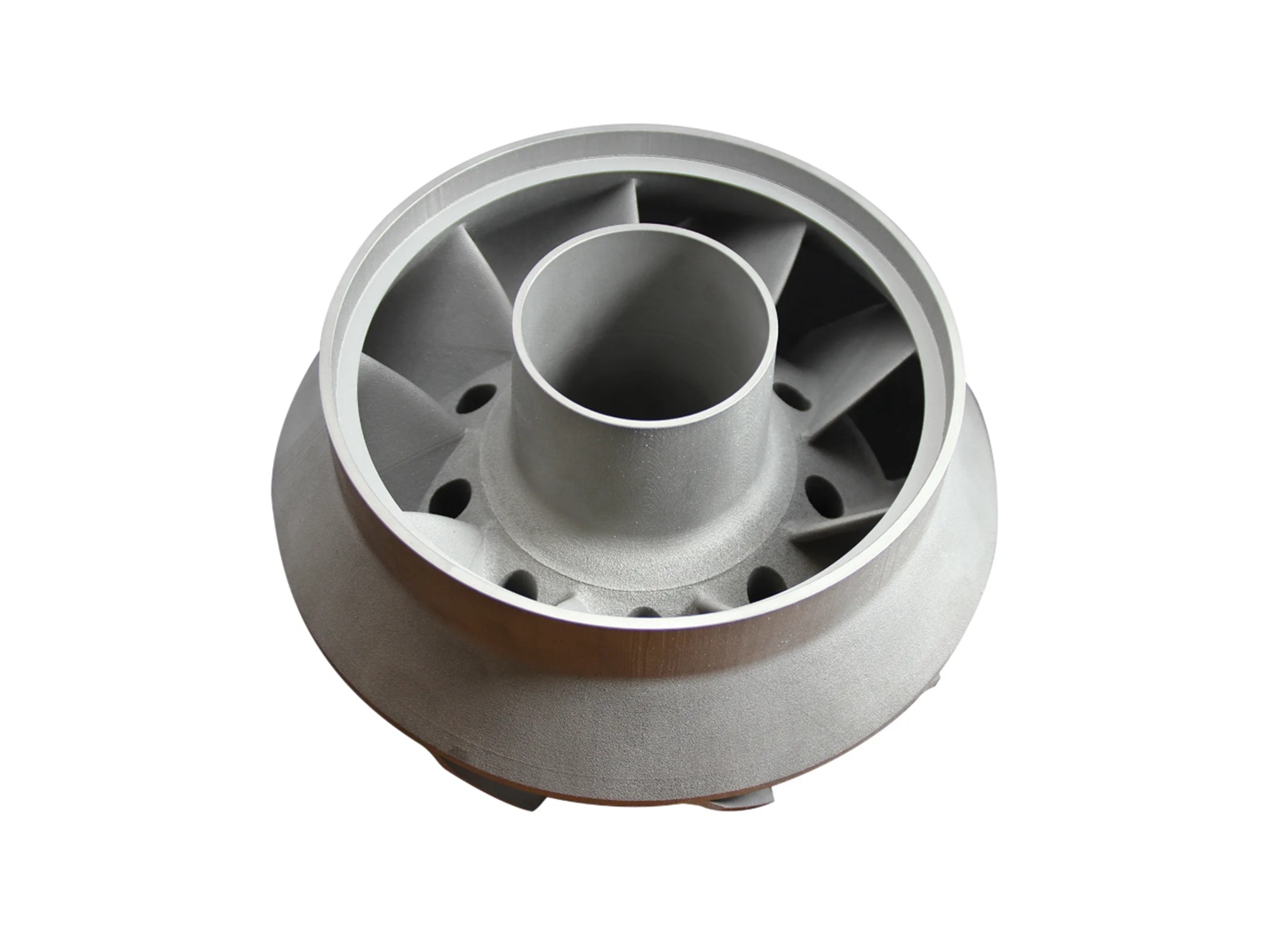Exploring Direct Metal Laser Sintering (DMLS)
 Direct Metal Laser Sintering (DMLS) is a state-of-the-art additive manufacturing technology widely employed in precision machining and prototyping. It enables the rapid creation of intricate metal parts directly from digital models, significantly streamlining production and enhancing design capabilities, especially for complex geometries.
Direct Metal Laser Sintering (DMLS) is a state-of-the-art additive manufacturing technology widely employed in precision machining and prototyping. It enables the rapid creation of intricate metal parts directly from digital models, significantly streamlining production and enhancing design capabilities, especially for complex geometries.
What is Direct Metal Laser Sintering (DMLS)?
DMLS, categorized under powder-bed fusion technologies, employs a high-powered laser to selectively fuse metallic powders layer-by-layer, creating precise, durable parts. Unlike subtractive methods such as traditional CNC machining, DMLS efficiently builds parts from scratch, significantly minimizing waste.
How Does DMLS Work?
The DMLS process starts with a CAD model divided into thin slices. A layer of metallic powder is spread evenly across a platform, after which a precise laser selectively melts the particles according to the design. Upon completion, parts typically undergo post-processing methods, including heat treatment and surface enhancements such as electropolishing.
Key Applications of DMLS in CNC Machining
DMLS is invaluable across diverse industries:
Aerospace: Components like lightweight turbine blades and internal structures benefit significantly from DMLS's ability to fabricate intricate geometries, enhancing efficiency and strength.
Medical: The method facilitates creating customized implants and surgical tools tailored precisely to individual patient requirements.
Automotive: DMLS supports rapid prototyping complex automotive parts, dramatically reducing design-to-market timelines.
Industrial Manufacturing: Rapid production of intricate molds, tooling inserts, and spare parts significantly shortens lead times and enhances operational flexibility.
Common Materials Used in DMLS
Several specialized materials are optimized for DMLS:
Superalloys: Materials like Inconel alloys and Hastelloy alloys provide excellent resistance to heat and corrosion, ideal for extreme environments.
Titanium Alloys: Lightweight, high-strength titanium materials are especially suitable for aerospace and medical components.
Stainless Steel and Aluminum: Widely selected for industrial applications due to their versatility, durability, and corrosion resistance.
Challenges and Considerations in DMLS
Despite advantages, certain considerations are important:
Surface Quality: Parts produced by DMLS may require additional finishing steps, such as CNC polishing or secondary machining, to achieve a high-quality surface finish.
Cost Considerations: High initial investment and powder costs must be considered, though overall expenses are often mitigated by reduced waste and tooling costs.
Material Constraints: The method is limited to certain metallic powders, impacting final mechanical properties.
Advantages of DMLS in CNC Manufacturing
DMLS offers notable benefits for precision manufacturing:
Complex Geometries: Unrestricted by traditional machining limitations, DMLS can easily produce components with intricate internal channels or complex lattice structures.
Speedy Prototyping: Accelerates design iterations and validation processes by swiftly producing functional prototypes.
Minimal Waste: Achieves superior material utilization compared to traditional subtractive methods.
Challenges and Future Developments
Ongoing advancements continue to address current DMLS limitations:
Enhanced Surface Finish: Emerging improvements in laser technologies and powder formulations are promising better surface qualities directly from the printer.
Broader Material Availability: Continuous development of new powder materials expands potential industrial uses.
Improved Cost Efficiency: Advancements in the recycling of powders and equipment innovations are expected to reduce further the costs associated with DMLS.
Conclusion
DMLS technology transforms precision CNC machining by enabling unprecedented geometric complexity, material efficiency, and rapid prototyping. As it evolves further, DMLS will undoubtedly broaden its industrial impact and facilitate ongoing innovation.
FAQs:
What industries benefit most from Direct Metal Laser Sintering?
How does DMLS compare with traditional CNC machining methods?
What materials can be used with DMLS?
What post-processing techniques are necessary after DMLS?
Are DMLS parts as strong as traditionally machined metal parts?
